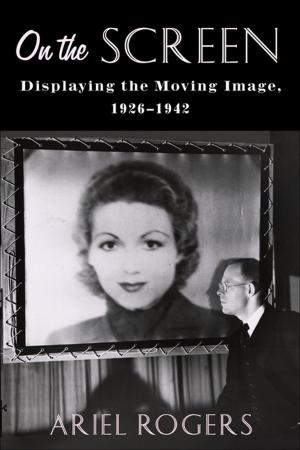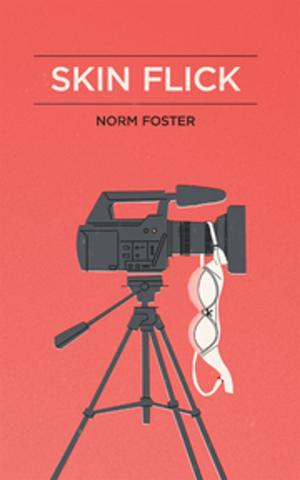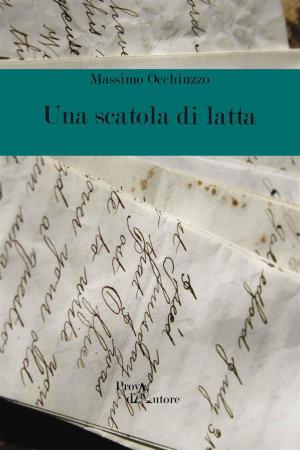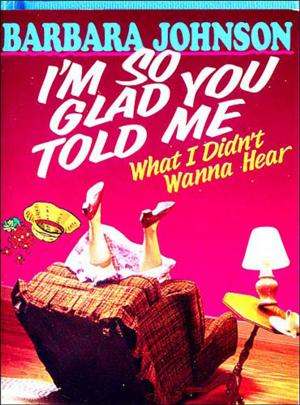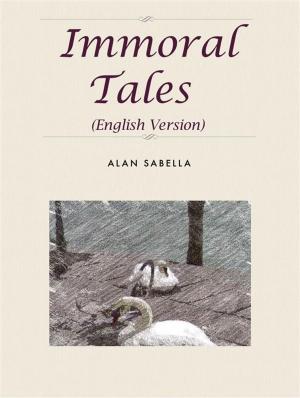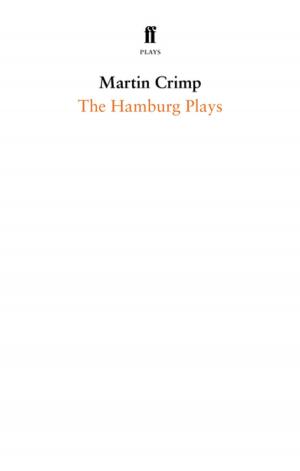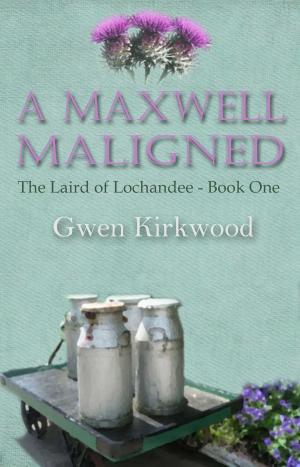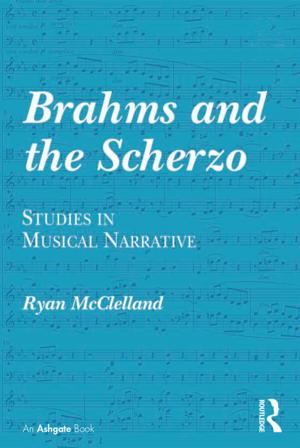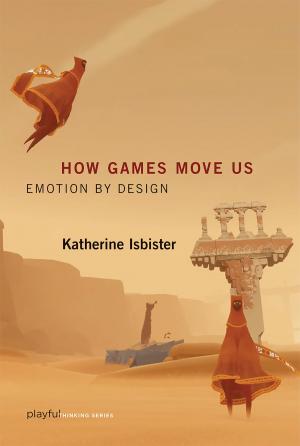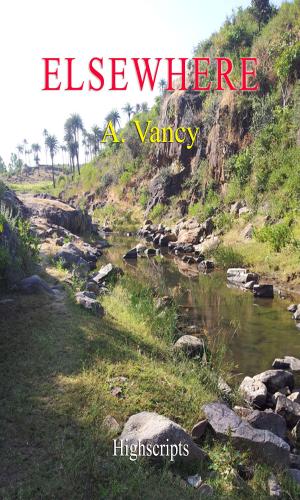Drama Lesson Plans for Busy Teachers Book One
Drama Lesson Plans for Busy Teachers, #1
Nonfiction, Reference & Language, Education & Teaching, Educational Theory, Curricula, Fiction & Literature, Drama, Entertainment| Author: | Louise Tondeur | ISBN: | 9781386484929 |
| Publisher: | Louise Tondeur | Publication: | August 9, 2017 |
| Imprint: | Language: | English |
| Author: | Louise Tondeur |
| ISBN: | 9781386484929 |
| Publisher: | Louise Tondeur |
| Publication: | August 9, 2017 |
| Imprint: | |
| Language: | English |
‘Pick up and teach it’ drama sessions
I want to enable the teaching of creative subjects in an accessible, flexible and down-to-earth way. When I started teaching I noticed that there were hardly any ‘pick up and teach it’ drama session plans available, and so set out to create my own. You’re about to read the newly revised version of those session plans.
Why use drama?
Drama is both a teaching method and an art form. You’ll find it is an accessible way into most topics. You can use it to teach English, PSHE, history, or science. You can use it introduce stories – and every topic has a story attached to it. You can also link up with other disciplines to invent creative arts projects. Drama is good for teaching important skills such as self-confidence, body awareness, collaborative working and self-expression. Drama is an extremely versatile subject. You can even use drama to bring maths or computer programming to life.
What’s included?
All four books include lesson plans and ideas sheets for busy teachers. In the first book in the series you’ll find the following four sections: Foundational Drama Skills, Storytelling, Communication, and Using Props and Costume. You’ll also get a bonus section on putting on a radio play using the Babushka story. In other words, there are forty sessions in this book, divided into four sections, enough material for you to run one drama session a week over the school year (plus the bonus section). You can turn the lesson plans and the individual activities into one off sessions, or use them to build schemes of work. You and your students can add your own topics, learning objectives, stories, or ideas throughout.
‘Pick up and teach it’ drama sessions
I want to enable the teaching of creative subjects in an accessible, flexible and down-to-earth way. When I started teaching I noticed that there were hardly any ‘pick up and teach it’ drama session plans available, and so set out to create my own. You’re about to read the newly revised version of those session plans.
Why use drama?
Drama is both a teaching method and an art form. You’ll find it is an accessible way into most topics. You can use it to teach English, PSHE, history, or science. You can use it introduce stories – and every topic has a story attached to it. You can also link up with other disciplines to invent creative arts projects. Drama is good for teaching important skills such as self-confidence, body awareness, collaborative working and self-expression. Drama is an extremely versatile subject. You can even use drama to bring maths or computer programming to life.
What’s included?
All four books include lesson plans and ideas sheets for busy teachers. In the first book in the series you’ll find the following four sections: Foundational Drama Skills, Storytelling, Communication, and Using Props and Costume. You’ll also get a bonus section on putting on a radio play using the Babushka story. In other words, there are forty sessions in this book, divided into four sections, enough material for you to run one drama session a week over the school year (plus the bonus section). You can turn the lesson plans and the individual activities into one off sessions, or use them to build schemes of work. You and your students can add your own topics, learning objectives, stories, or ideas throughout.




